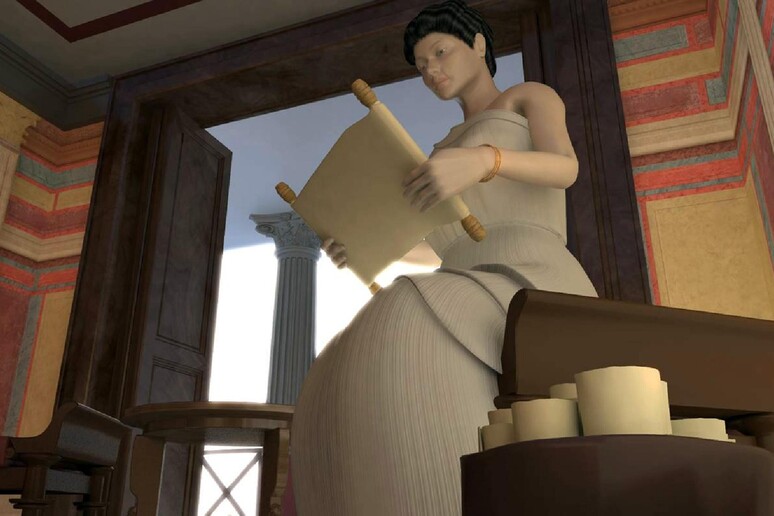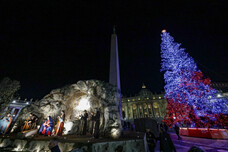Turin university is to lead an
international team aiming to use X-rays to decipher two papyri
of an unknown work by a third century BC Greek philosopher which
were found at Herculaneum, the ancient Roman town buried by
Vesuvius in 79 AD along with Pompeii.
The project aims to reconstructing the thought of the Stoic
philosopher Chrysippus of Soli, a key figure in the development
of logic, physics and ethics in our philosophical tradition, by
producing the first modern edition of his treatise On
Providence, a work in at least 5 books, of which we have almost
exclusively indirect testimonies.
The work will be tackled with the study and x-ray deciphering of
two Herculaneum papyri, the only existing manuscripts, which
transmit the first two books of the work. The project, supported
with two million euros by the European Commission, is starting
at the Department of Historical Studies of the University of
Turin and will see an international and interdisciplinary task
force at work, led by the Papyrology chair, Professor Christian
Vassallo.
Using the most advanced manuscript deciphering techniques, the
team will analyze these texts with scanning X-ray
macro-fluorescence experiments, in collaboration with the CNR
Institute of Cultural Heritage Sciences in Naples.
Experiments will also be promoted to precisely distinguish
'superimposed' and 'underlaid' elements present in the preserved
pieces, and bibliometric and mathematical techniques will be
applied to reconstruct the original length of the scrolls and
the exact sequence of the surviving fragments.
The project will have a significant impact not only on
papyrology, but also on the history of ancient philosophy,
opening new research perspectives on Stoic philosophy and on the
understanding of the order of the world according to Greek
thought of the Hellenistic age.
ALL RIGHTS RESERVED © Copyright ANSA











